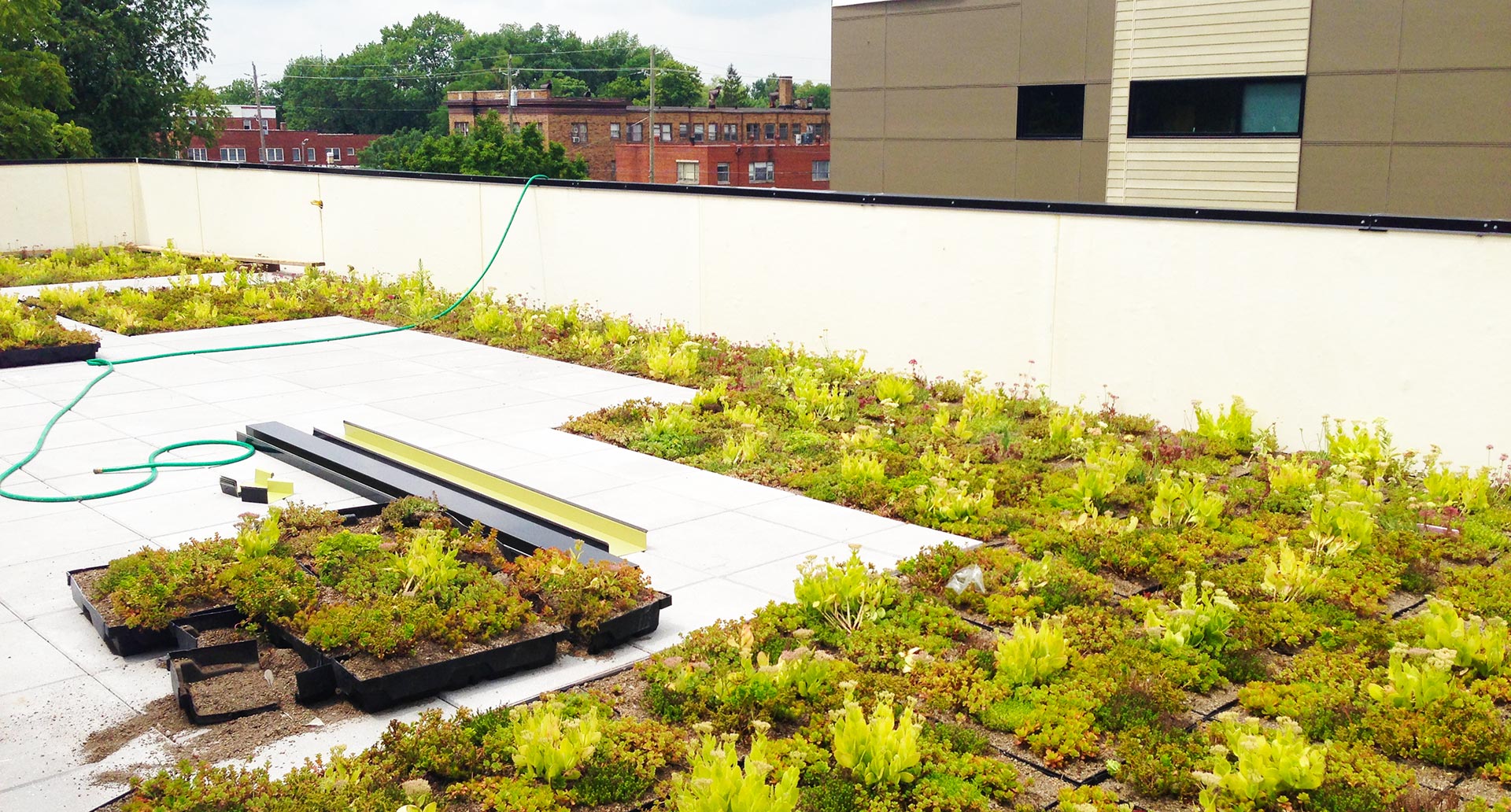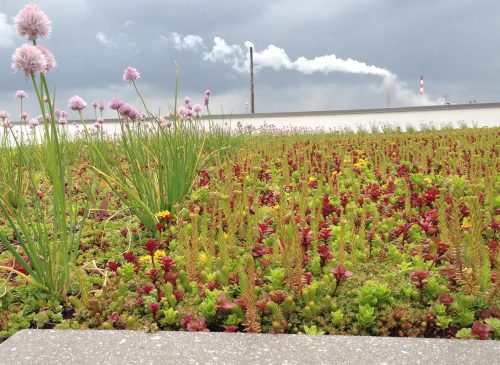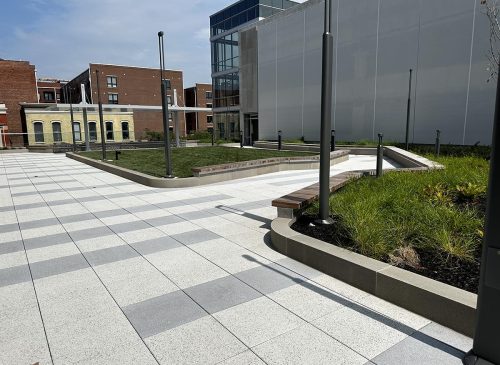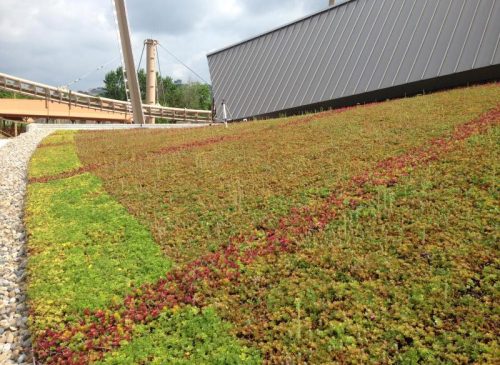Green roofing, also known as rooftop gardening or living roofs, is an innovative and sustainable construction practice that involves the cultivation of vegetation on a structure’s roof. This eco-friendly solution doesn’t just bring a dash of color to urban settings; it offers a wide range of environmental, economic, and social benefits that make it an increasingly popular choice for modern architecture.
Features & Benefits
- Increases energy efficiency
- Reduces heat island effect
- Improves air quality
- Extends roof life
A History of Green
The concept of green roofing isn’t new. Traditionally, they were common in rural homes, especially in Scandinavian countries, due to their excellent insulation properties. Today, green roofs are a key tool in urban planning, providing solutions to many challenges cities face.
Technically speaking, Green Roofing encompasses a wide variety of materials and practices geared toward conservation and sustainability. The Environmental Protection Agency (EPA) reports that white roofs can reduce a building’s cooling energy use by up to 15%. Solar panels take advantage of the typically large roof surface area of industrial buildings to collect renewable energy from the sun to reduce or even eliminate electric bills.
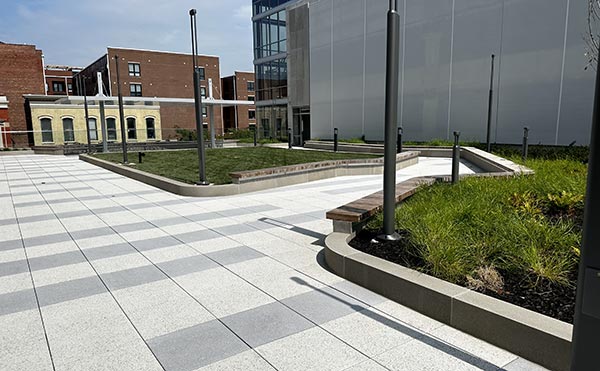
The commercial roofing industry is experiencing a significant shift towards sustainable practices, spurred by growing environmental consciousness and governmental guidelines for energy efficiency. Green roofing, once considered an outlier within the industry, has now become a mainstream strategy for modern commercial building design and renovation.
Added Benefits
From an environmental standpoint, green roofs help mitigate the urban heat island effect, a condition where urban areas are significantly warmer than their rural surroundings due to human activities. The vegetation in the green roof absorbs heat, normalizing the temperature and reducing energy consumption for air conditioning. Additionally, green roofs improve air quality by filtering pollutants and carbon dioxide out of the air, contributing to the reduction of greenhouse gases. They also manage stormwater runoff, absorbing and filtering rainwater and reducing the pressure on urban drainage systems.
Economically, green roofs extend the lifespan of roofing membranes by protecting them from weather elements and ultraviolet radiation. This can result in significant cost savings over time.
Food service businesses with a mind for sustainability utilize their roof space for urban farming, boosting local food production and potentially generating additional income.
Socially, green roofs contribute to enhanced aesthetic appeal and create a peaceful, green space in urban environments, promoting biodiversity and providing habitats for various species. They can also improve mental health by offering people a connection with nature in densely populated areas.
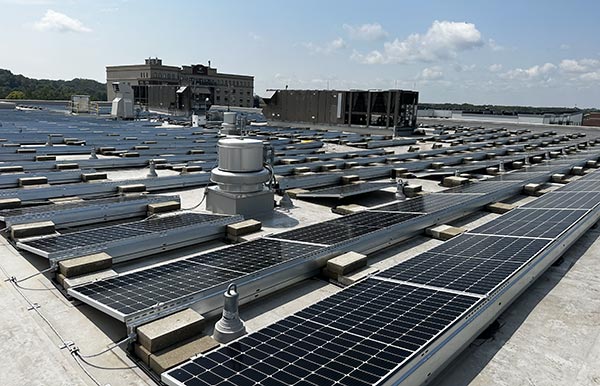
Green roofing is more than just a trend. It’s a sustainable solution that can help address numerous environmental challenges while providing economic and social benefits. As urbanization continues, green roofs may become a necessity, transforming the way we design and interact with our built environment. When planning your next building project, consider green roofing. R. Adams can help.
